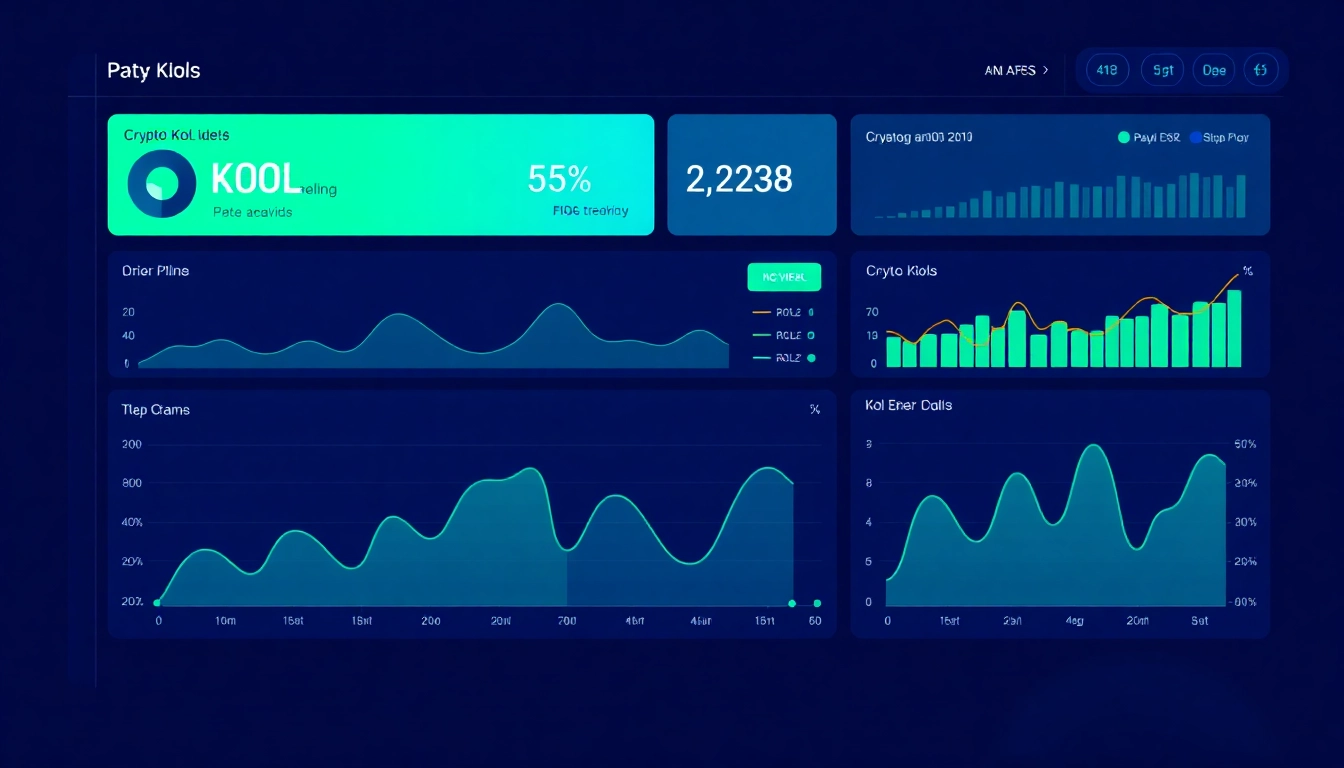Understanding Business Financing
What is Business Financing?
Business financing refers to the various methods and sources through which businesses acquire funds to support their operations, invest in growth, and maintain sustainability. It is a critical component of any business strategy, as it provides the necessary capital needed to fuel activities such as hiring staff, purchasing inventory, expanding facilities, and coping with unexpected expenses. Various financing methods include loans, equity financing, grants, and alternative funding options like crowdfunding and peer-to-peer lending. Understanding the nuances of business financing is essential for business owners seeking to make informed decisions that can influence their business’s growth trajectory.
Types of Business Financing Options
There are several types of business financing options, each tailored to different business needs, sizes, and industries. These options can be broadly categorized into:
- Debt Financing: This involves borrowing funds that must be repaid over time, typically with interest. It includes bank loans, credit lines, and bonds.
- Equity Financing: In this structure, a business raises capital by selling shares of ownership to investors. This can include venture capital, angel investors, and crowdfunding.
- Grants: Funds given by governments or organizations that do not require repayment, but often require meeting specific criteria or project goals.
- Bootstrap Financing: This method relies on the owner’s savings or reinvesting profits back into the business.
- Alternative Financing: This category includes innovative financing methods such as peer-to-peer lending, invoice financing, and crowdfunding.
Importance of Business Financing for Growth
Access to adequate business financing is vital for sustained growth and operational efficiency. It plays a direct role in a company’s ability to invest in new products, expand operations into new markets, hire essential personnel, and improve cash flow management. Without proper financing, businesses may struggle to capitalize on opportunities or weather financial storms. In a competitive landscape, being financially agile—having the ability to quickly access funds when needed—can make the difference between thriving and merely surviving.
Common Challenges in Business Financing
Identifying Financial Needs and Goals
One of the first challenges many business owners face is accurately identifying their financial needs and setting clear financial goals. A thorough financial assessment is essential. This should include understanding anticipated expenses, revenue forecasts, and the specific outcomes desired from financing activities. Failing to establish these goals can lead to over-borrowing or underestimating necessary funds, which may jeopardize long-term success.
Creditworthiness and Its Impact
Your business’s creditworthiness significantly impacts access to financing. Lenders evaluate credit scores to assess the risk of lending to a business. High credit scores generally lead to better loan terms, while poor scores can limit financing options or increase borrowing costs. Therefore, maintaining a healthy credit profile is vital for business owners, requiring attention to timely bill payments, debt levels, and overall financial management practices.
Navigating Cash Flow Issues
Maintaining positive cash flow is crucial for any business, yet many entrepreneurs face difficulties in managing cash flow effectively. Cash flow issues can arise from slow-paying customers, unexpected expenses, or seasonal sales fluctuations. To address these challenges, businesses should develop robust cash flow management strategies, such as keeping detailed cash flow forecasts, maintaining a cash reserve, and utilizing financing to bridge gaps during tough periods.
Best Practices for Securing Business Financing
Preparing Your Business Plan
A well-structured business plan is fundamental when seeking financing. It provides potential lenders or investors with a comprehensive view of the business vision, operations, market strategy, and financial projections. In a competitive landscape, a compelling business plan can serve as a persuasive tool to demonstrate the viability of the business concept and increase the likelihood of securing the necessary funding.
Understanding Lender Requirements
Each lender has distinct requirements, and understanding these is crucial for successful financing applications. Common requirements often include a detailed business plan, financial statements, personal credit history, business credit score, and collateral. Familiarizing yourself with the specific criteria of each financing source can enhance your chances of approval and eliminate delays.
Utilizing Financial Projections Effectively
Effective financial projections offer insights into the anticipated performance of the business and are a key element in securing financing. Projections should cover revenue forecasts, expense predictions, and cash flow analysis for at least the next three to five years. By presenting credible and well-researched financial projections, business owners can demonstrate their understanding of market trends and capability to manage funds responsibly.
Innovative Financing Solutions for Modern Businesses
Leveraging Crowdfunding for Capital
Crowdfunding has become an increasingly popular method for businesses to raise capital while engaging with potential customers. Platforms like Kickstarter and Indiegogo allow businesses to present their ideas to the public, offering incentives in exchange for financial support. This approach not only provides capital but also validates the business idea, generates early customers, and builds a community around the brand.
Exploring Peer-to-Peer Lending Platforms
Peer-to-peer lending platforms connect borrowers directly with individual lenders, minimizing the influence of traditional banks and providing potentially lower interest rates. This financing model allows small businesses to access loans more flexibly and expediently. Potential borrowers should research various platforms to find the best fit for their financing needs while understanding the terms and conditions that accompany the loans.
The Role of Cryptocurrency in Business Financing
With the rise of digital currencies, some businesses are beginning to explore cryptocurrency as a financing method. Initial Coin Offerings (ICOs) and token sales allow businesses to raise funds directly from investors in exchange for digital tokens. While this method presents opportunities, it also comes with regulatory complexities and market volatility that business owners need to carefully navigate.
Measuring the Impact of Business Financing
Key Performance Metrics to Monitor
Once financing is secured, monitoring key performance metrics is essential to assess the impact of the funds on business growth. Critical metrics include revenue growth, profitability margins, return on investment (ROI), and cash flow metrics. Keeping a close eye on these indicators helps businesses gauge whether their financing decisions are leading to desired outcomes.
Analyzing Return on Investment (ROI)
ROI is a crucial metric for determining the effectiveness of business financing. By evaluating how much profit is generated from invested funds relative to the total capital brought in, businesses can ascertain whether their investments are yielding expected returns. A solid understanding of ROI not only justifies financing expenditures but can also attract future investors by showcasing successful financial strategies.
Continuous Improvement of Financial Strategies
Business environments are always evolving, which necessitates a continual reassessment of financial strategies. Businesses should routinely evaluate the effectiveness of their financing approaches and make adjustments based on changing market conditions, financial performance, and emerging opportunities for funding. By remaining adaptable and responsive to the financial landscape, companies can ensure long-term sustainability and growth.



